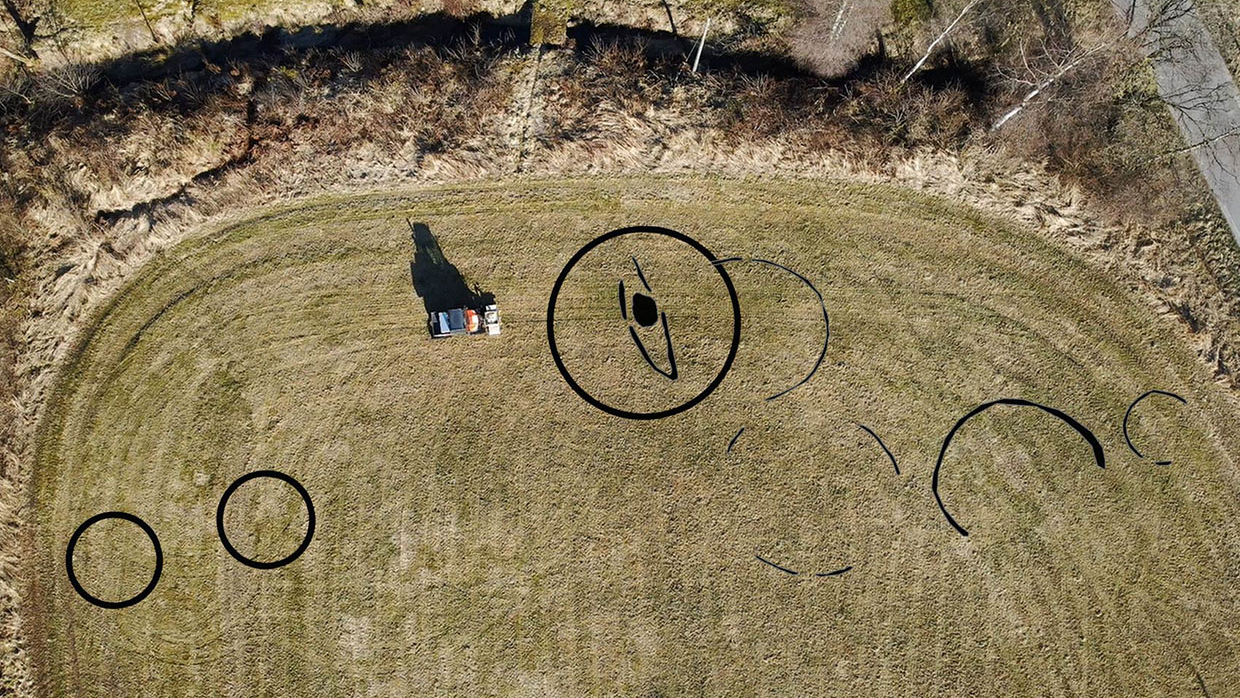Viking boat burial discovered in Norway may hold the remains of royal figures
Archaeologists unexpectedly discovered a Viking boat burial deep underground

Archaeologists have uncovered a Viking boat that likely holds the remains of royalty or another elite figure dating to between 500 and 1,000 years ago near the town of Kvinesdal in southwest Norway.
The deceased's boat burial dates to a time period when the Vikings were thriving – conducting raids, expanding their territories and exploring new areas.
The archaeologists discovered the unique burial while conducting a ground radar survey ahead of nearby road construction. This type of radar equipment sends radio waves deep beneath the ground, where they bounce off of objects (such as a boat burial) to help researchers create a map of those structures.
Related: Photos: A man, a horse and a dog found in Viking boat burial

The radar survey detected the impression of the boat revealing that it is between 26 and 30 feet (8 and 9 meters) long, Jani Causevic, an archaeologist with theNorwegian Institute for Cultural Heritage Research (NIKU) who conducted the survey, told Live Science in an email. Since no excavation has been done, archaeologists know little about what the boat may hold; however, elite members of society were often buried in boat structures, said Causevic, noting that this boat burial could have held one or more persons.
It's possible that there may not be much of the boat itself left. "The soil in the area is not preferable for the conservation of organic materials, and most likely only the nails and other metallic objects remain," Causevic said.
"The boat appears to have been cut into the ground before a burial mound was thrown over it," Frans-Arne Hedlund Stylegar, an archaeologist who is working on the excavation, told Live Science in an email. "The boat graves represent a special burial custom that existed in the Viking Age in many coastal settlements, both in and outside Norway's borders," said Stylegar, noting that "some of the richest Viking Age burials in this part of Scandinavia are boat burials."
Get the world’s most fascinating discoveries delivered straight to your inbox.
The radar survey also uncovered several burial mounds that could be older than the boat burial, Causevic said.
The boat burial "could have been constructed at the same time as the rest of the mounds, or at a later date. [Possibly] to show a continuation of control over the area," Causevic said.
Originally published on Live Science.

Owen Jarus is a regular contributor to Live Science who writes about archaeology and humans' past. He has also written for The Independent (UK), The Canadian Press (CP) and The Associated Press (AP), among others. Owen has a bachelor of arts degree from the University of Toronto and a journalism degree from Ryerson University.
